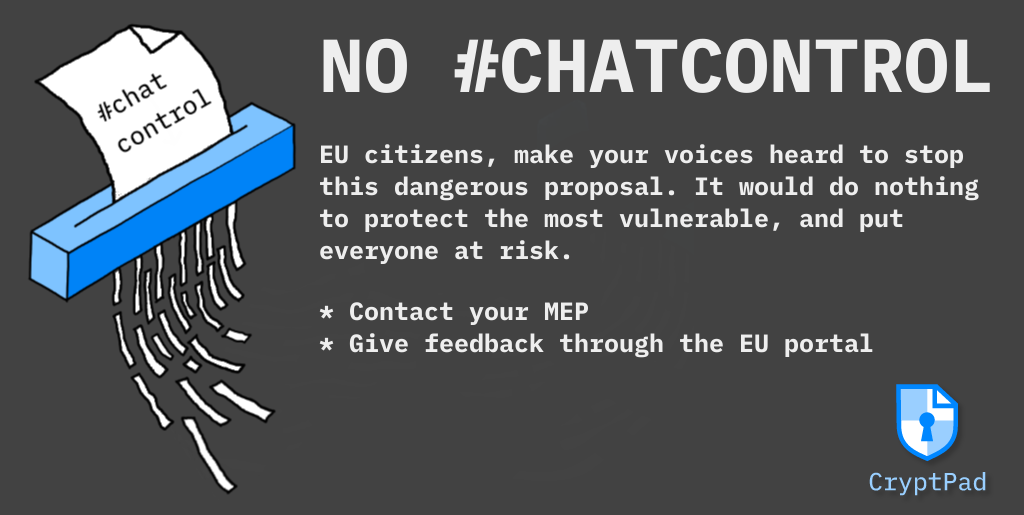What you can do: https://www.patrick-breyer.de/en/posts/messaging-and-chat-control/#WhatYouCanDo
Contact your MEP: https://www.europarl.europa.eu/meps/en/home
Edit: Article linked is from 2002 (overview of why this legislation is bad), but it is coming up for a vote on the 19th see https://www.patrick-breyer.de/en/council-to-greenlight-chat-control-take-action-now/



And surely printing money doesn’t cause inflation right. Value isn’t free. If you have the same demand for a currency and increase it’s supply by 10%, it’s going to cost 10% more of that currency to buy any given item.
I’m sorry, but that’s empirically proven false time and time again. That’s not to say we should be creating as much money as possible, but for example I’m an EU citizen. Do you have any idea how much currency was created between 2010 and 2020? Look up any measure of the M2 or M3 monetary aggregate for the EU in that period, and look at the inflation rates for the period.
If you’re a US citizen, I beg you take a graph of inflation for the USA since WW2, look at the inflationary periods, and tell me: what happened in those periods? Consistently, inflationary periods have been caused by external events such as oil crises, or wars like the current one in Ukraine, or such phenomena. Money creation is a very poor predictor for inflation
I know the neoliberal dogma has poisoned the public discourse for decades and it seems obvious and common knowledge that money creation leads to inflation. But it really, REALLY, hasn’t been historically the case, and this has been proven empirically time and time and time again.